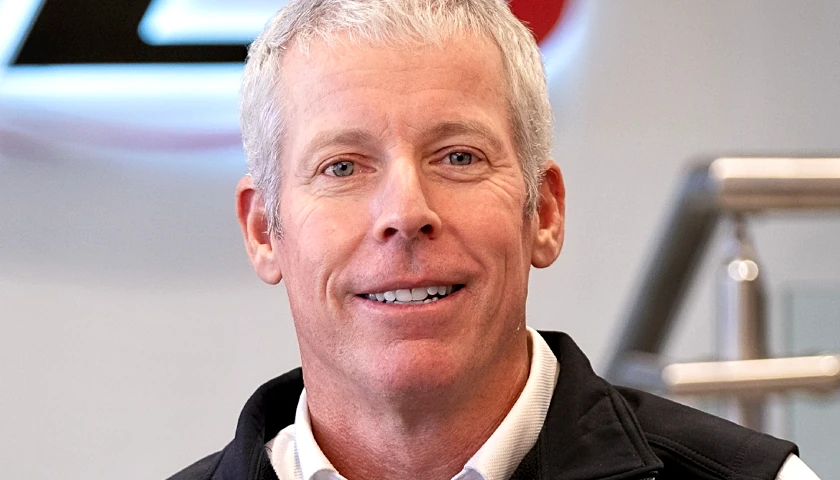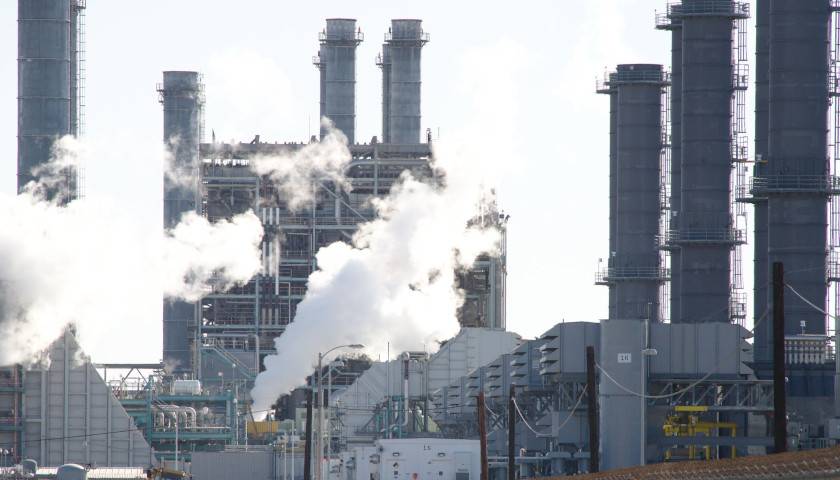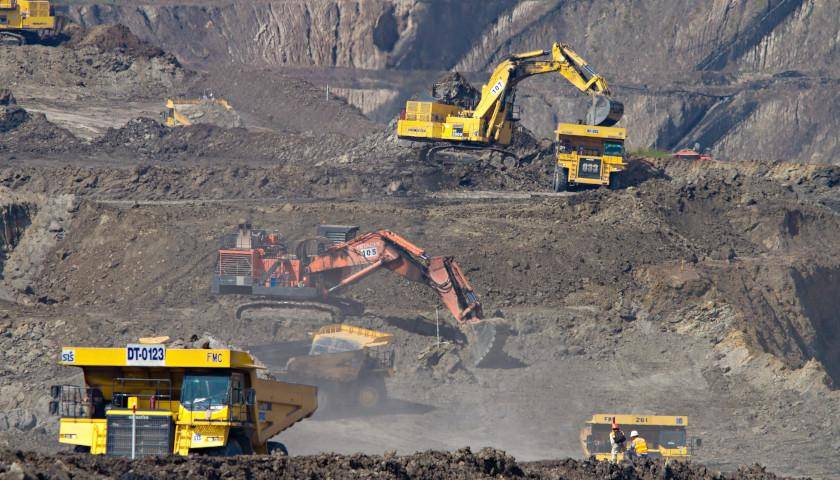If approved by the Senate, Trump’s pick for Energy Secretary, Liberty Energy CEO Chris Wright, will be the first time the Department of Energy has had an executive in the energy industry lead it. In a statement on X, Wright said he’s “honored and grateful” for the opportunity.
Read MoreTag: coal
Wyoming Delegation Warns Interior Secretary Block on Coal Leasing Threatens Grid Reliability
Wyoming’s Congressional delegation is warning Interior Secretary Deb Haaland that a proposed amendment to the Resource Master Plan (RMP) for the Bureau of Land Management’s Buffalo field office would have dire consequences on the nation’s grid and economy.
In their letter Tuesday, Rep. Harriet Hagamen and Sens. John Barrasso andCynthia Lummis, Republicans, explained that roughly 40% of all coal mined in the U.S. comes from Wyoming and most of that in the Powder River Basin.
Read MoreStudy Grades Natural Gas as Best Source for Reliability, Affordability and Environmental Impact
A new study finds that natural gas is the most effective energy source meeting growing energy demands affordably and reliably, while balancing environmental and human impact.
The “Grading the Grid” study by the Mackinac Center for Public Policy, a pro-free market nonprofit, and Northwood University rates natural gas, coal, petroleum, nuclear, hydroelectric, wind, solar and geothermal generation sources on their reliability, environmental and human impact, cost, innovation and market feasibility.
Read MoreCommentary: The Delusions of Davos and Dubai Surrounding Wind and Solar Energy
In the most recent “Conference of the Parties,” otherwise known as the United Nations extravaganza that convenes every few years for world leaders to discuss the climate crisis, several goals were publicly proclaimed. Notable were the goals to triple production of renewable energy by 2030 and triple production of nuclear energy by 2050. Against the backdrop of current global energy production by fuel type, and as quantified in Part One, against a goal of increasing total energy production from 600 exajoules in 2022 to at least 1,000 exajoules by 2050, where does COP 28’s goals put the world’s energy economy? How much will production of renewable energy have to increase?
To answer this question, it is necessary to recognize and account for the fact that most renewable energy takes the form of electricity, generated through wind, solar, or geothermal sources. And when measuring how much the base of renewables installed so far will contribute to the target of 1,000 exajoules of energy production per year in order to realize—best-case scenario—800 exajoules of energy services, the data reported in the Statistical Review of Global Energy is profoundly misleading.
Read MoreCommentary: Coal’s Life-Saving Role Ignored by Climate-Obsessed Media
On a recent cold winter day, residents of Munich were surprised to see people skiing in the street. Yes, that is how much snow fell in the German city and other parts of Europe during the early winter of 2023-2024.
Despite a disruption to both ground and air travel, the Germans survived the freezing weather with access to heating and basic utilities. But not everyone in our world is as fortunate as those living off reliable energy sources in Western economies.
Read More



